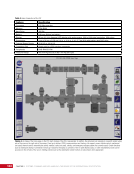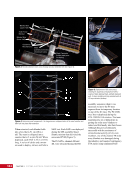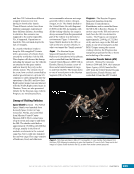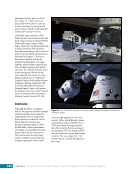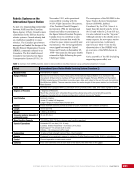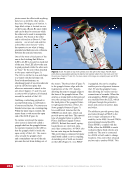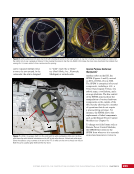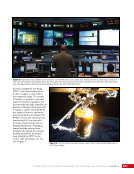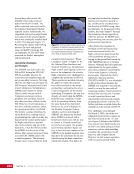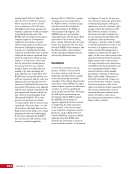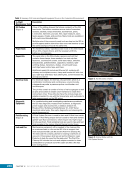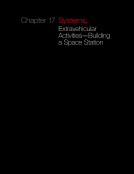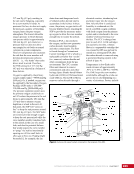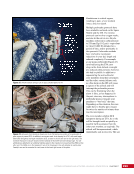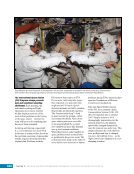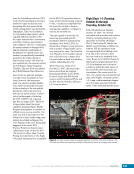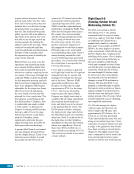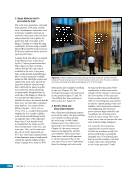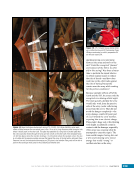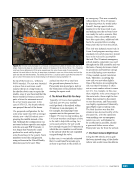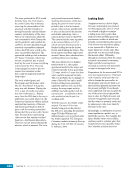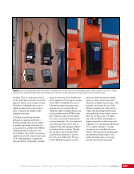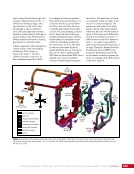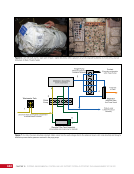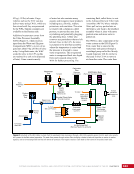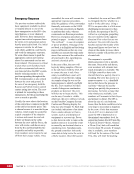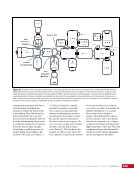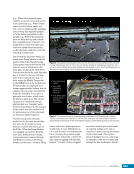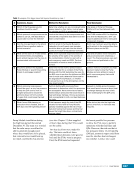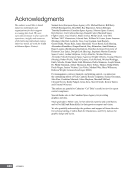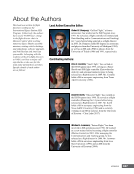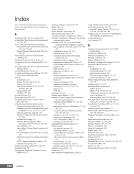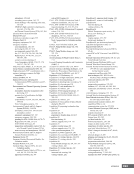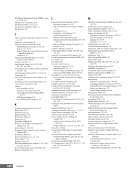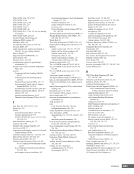27 DAY IN THE LIFE: LIVING AND WORKING IN SPACE AND ON THE GROUND CHAPTER 2 usually vehicle launches or landings. The increment lead planning team then works the stage priorities into upcoming weekly plans. Once a week, the increment lead flight director and the whole team review the next 3 weeks in the Weekly Plan Review. Crew activities are assigned, crew workday durations are tallied up, task list items (“job jar” activities that can be completed any time the crew is free), and off-duty days or holidays are planned at this meeting. In addition, recent trends on system performance, consumables usage, and upcoming vehicle traffic are accounted for, and associated on- board activities may be adjusted. In between meetings, the lead flight director, who is set up in an office in Mission Control (Figure 6), works with all their counterparts, flight control team members, and ISS Program cohorts to address issues and develop future priorities and plans. On any given day, the flight director may be working with people who are down the hall, in the next building, halfway around the world, or just one time-zone away. Time Off, Conferences, and Celebrations Unlike a Space Shuttle mission that would last about 2 weeks at most, an increment mission lasting 6 months is a long time and therefore the crew members need time off to prevent them from burning out. Each expedition crew agrees upon its holiday schedule prior to flight. The crews need to decide this together, since different countries celebrate different holidays. Each Soyuz crew gets about four holidays during their 6-month stay. Some crews end up celebrating both the Eastern and Western Christmas holidays (Figure 7). When those holidays are also celebrated in one or more of the partner Mission Control Centers (MCCs), those teams get to help the crew celebrate, and vice versa. Sometimes, crew members send food to Mission Control via Earth-based friends and family. The flight controllers will sometimes put together a special message for the crew, or uplink video views from inside MCC to say “hello.” These activities help keep morale high both for the crew members, who are totally isolated on the ISS, and the flight controllers, who have to spend long hours away from families during the holidays to support operations. Figure 7. The crew shares a meal in the Node 1 during Christmas 2009. From left to right: Japanese astronaut Soichi Noguchi, cosmonauts Maxim Suraev and Oleg Kotov, and American astronauts T. J. Creamer and Jeffrey Williams (commander). In addition to holidays, crew members receive regular time off. They generally work Monday through Friday, and have Saturday and Sunday mostly to themselves. Some time may be scheduled for short stretches of work—e.g., routine systems maintenance, housekeeping and cleaning, science or medical sample collection—but on a normal weekend, this time is limited to an hour or so each day. What do ISS crew members do with time off? Yes, they have television – when the ISS has a communication link with the ground, MCC can route video to an on-board computer. Limited bandwidth means only a couple of feeds can be sent at a time, though, and MCC is in charge of changing the channel. They have internet access—not fast, and not all the time, but they can tweet or surf a bit. They can choose from an impressive stash of digital videos (mostly movies) on board. The stash gets refreshed periodically— sometimes with releases that have yet to reach theaters. Many crew members bring up supplies for their own hobbies. For example, the ISS has established quite a collection of musical instruments over the years. Models have been assembled, quilts
Purchased by unknown, nofirst nolast From: Scampersandbox (scampersandbox.tizrapublisher.com)








































































































































